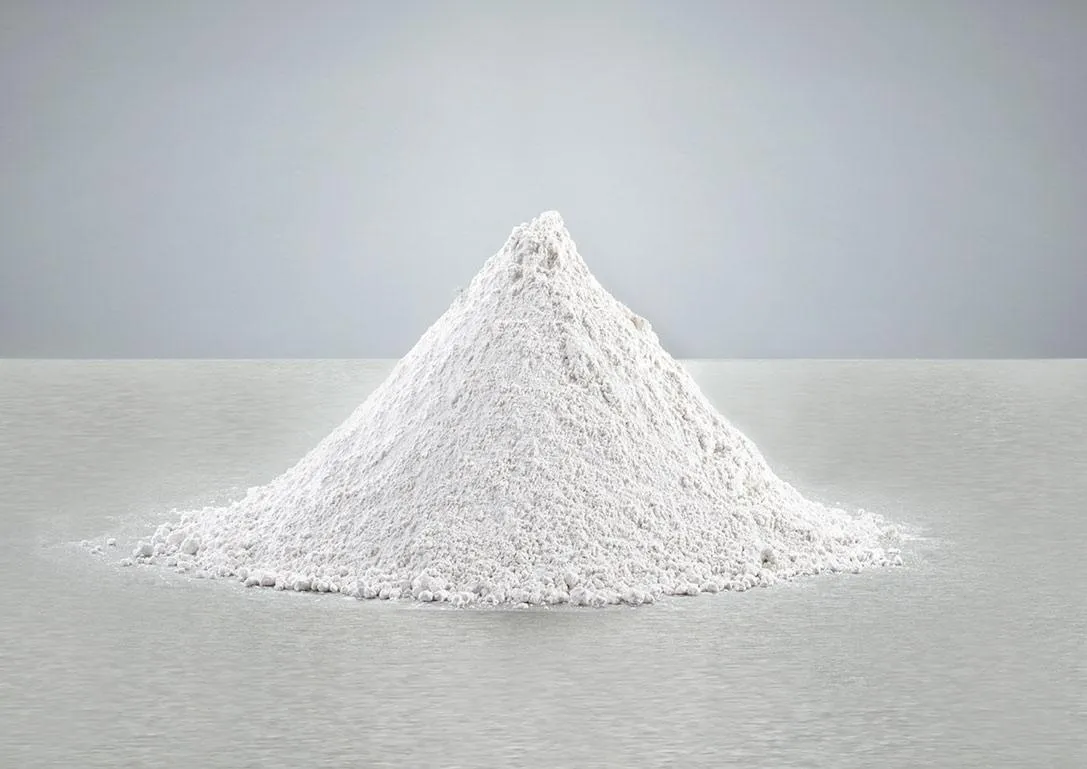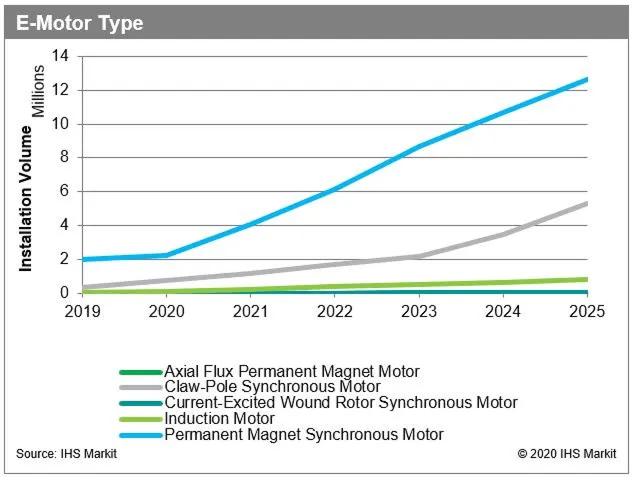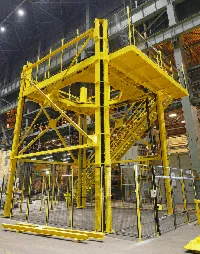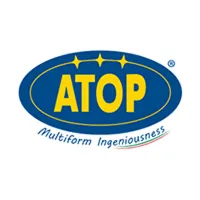Fillers have long since ceased to be just cheap gap fillers and can have a decisive influence on the properties of epoxy resins that play an important role
Fillers have long since ceased to be just cheap gap fillers and can have a decisive influence on the properties of epoxy resins that play an important role as raw material for electrical and electronic engineering. Due to the good adhesive strength, the heat and chemical resistance as well as the excellent electrical properties epoxy resin moulding materials are used in electrical applications for coating systems, as lamination resins for connections and for the production of circuit boards. Beyond that, epoxy resins are used in electrical engineering for the construction of transducer, insulator devices and dry-type power transformer.
The required mechanical, thermal and electrical characteristics of the epoxy resin are affected significantly by the chosen functional filler, which can be based on different minerals. For heavy-duty applications such as outdoor use, the fillers should be surface treated, as the end products then achieve the best performance.
Short circuits can arise by moisture or impurities. Through the encapsulation of complete components, these external influences can be avoided. For these applications, a professional range of mineral fillers is available. Even for a simple fuse, you can find the right material. Silica sand with a special grain size distribution is the product of choice that plays a decisive role for the success of the switch-off in case of a short circuit.

SILBOND® for excellent electrical properties
For decades high-performance fillers SILBOND® (surface treated micronized silica) and MILLISIL® (silica flour) were established in epoxy resin systems. On the one hand, they are applied due to their outstanding mechanical properties, on the other they make an important economical contribution. High Performance Fillers based on silica are characterised by:
• High weathering and chemical resistance
• High mechanical strength
• Increased filling degrees
• Excellent processability
• Low thermal expansion
Weathering resistant outdoor applications are long since standard purposes for surface treated silica flour SILBOND® W 12 EST due to the outstanding mechanical and chemical processability into the epoxy polymer systems. SILBOND® silica flour is nowadays increasingly applied also in indoor casting resin parts, as for products with high glossy, top-quality surfaces.
Fused silica flour for epoxy systems with strong variation in temperature
The epoxy compound and the metallic material are exposed to strong thermal alternating stresses. Thermal fluctuations cause changes in the material dimensions. To avoid damage to the equipment, the dimensional deviations of the different materials must be kept as small as possible. Epoxy resin is characterized by a thermal coefficient of expansion of 65*10-6K1 and metal on the other hand features a thermal expansion between 12 and 24*10-6K-1.
Very special high-performance fillers are used to minimize the different dimensional changes of the compound and the metal. They enable the production of complex castings and avoid cracks. This is where the fillers of the series SILBOND® FW come into play: The outstanding feature of fused silica is its exceptionally low coefficient of thermal expansion, which is indispensable for epoxy resin systems for high-quality electrical applications.
The following table briefly summarizes the properties of silica-based fillers and their suitability for electrical and electronic applications:
|
MILLISIL® silica flour untreated |
SILBOND® W silica flour surface-treated |
SILBOND® FW fused silica flour surface treated |
|
|
mechanical strength |
+ |
++ |
++ |
|
weather resistance |
+ |
+++ |
+++ |
|
chemical resistance |
+++ |
+++ |
+++ |
|
processability |
++ |
++ |
++ |
|
thermal expansion |
+ |
+ |
+++ |
Surface treatment for an optimum interaction between filler and polymer
The surface treatment of mineral flours with silanes or silane-based compounds enables optimized effects at the interfaces of the polymer matrix and the filler system. Thus better mechanical system properties of the inorganic filler can be achieved and fully exploited.
The important advantage of incorporating surface treated fillers directly into a polymer system is, that the condensation by-products escape during coating of the filler. They do not remain in the polymer system, as they do in the case of in-situ post-silane treatment. This results in easier incorporation of coated fillers into a polymer than uncoated ones. To achieve an optimum bond between the polymer and the functional filler, a surface treatment specially adapted to the polymer system must be applied to the filler.
The future is electric
The change in mobility is in full swing. Partially or fully electrified serial production vehicles are very popular. In the future, many different new models will be developed and launched on the market. Whether battery electric, fuel cell driven vehicles or hybrid models are concerned, the vehicle market will have undergone significant change in the next 5 – 10 years. With the charging infrastructure becoming denser, consumer acceptance will increase. The supply of electric cars and plug-in hybrids in Europe is picking up speed and the demand is set to rise further.

Of course, functional fillers on a mineral basis and with appropriate surface treatment will also play a major role in meeting these new challenges.
Further information is available from:
https://www.quarzwerke.com/en/applications/polymer-applications/e-mobility/
Company Profile:
HPF The Mineral Engineers is a division of the Quarzwerke Group that looks towards the future with the development of innovative and functional high-performance fillers and additives on a mineralogical and synthetic basis. Quarzwerke Group, a family-owned company established in 1884, has decades of experience in the field of mining, processing and refining of mineral raw materials.
HPF The Mineral Engineers is happy to contribute to making endproducts more innovative, more efficient and more environmentally friendly. Thanks to their extensive experience, they are able to develop tailor-made filler solutions for polymer-bound systems together with their customers. High-performance fillers can make a major contribution to ensure that modern plastics meet the increasing demands of the future.
Further information is available from:
https://www.quarzwerke.com/en/products/high-performance-fillers/
Editorial Contact:
Karin Liesenfeld
Marketing Coordinator
Tel.: +49 (0) 2234 / 101-411
[email protected]
Technical Contact:
Péter Sebö
Head of Marketing & Market Development
Tel.: +49 (0) 2234 / 101-439
[email protected]


















